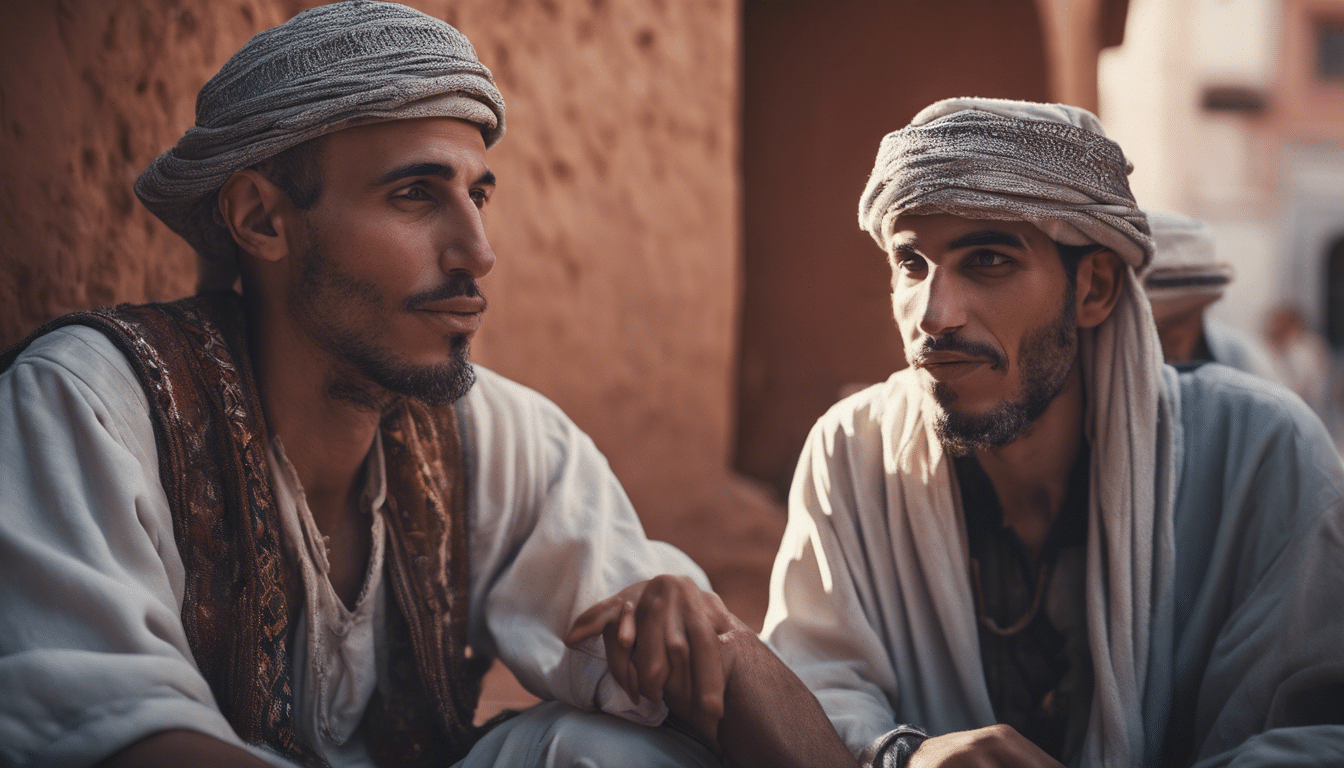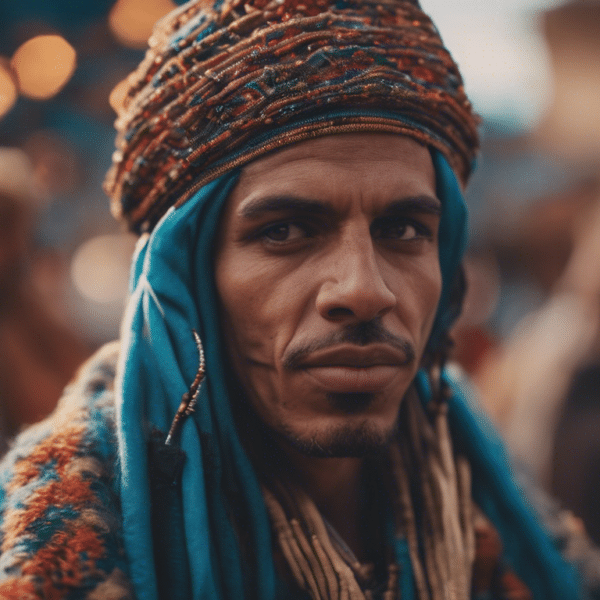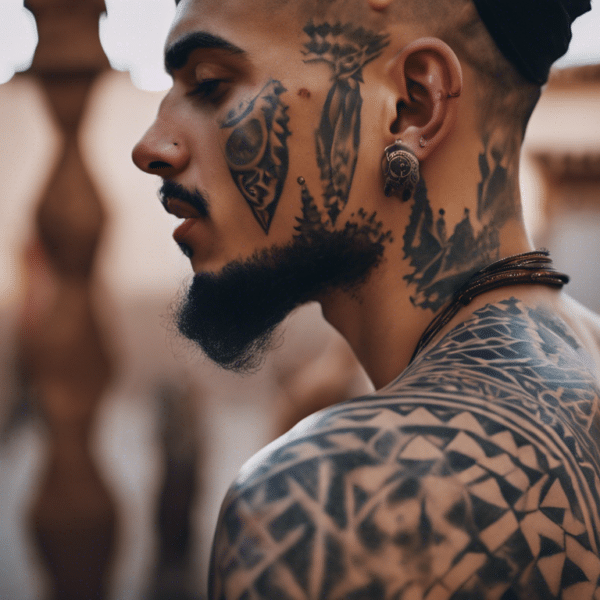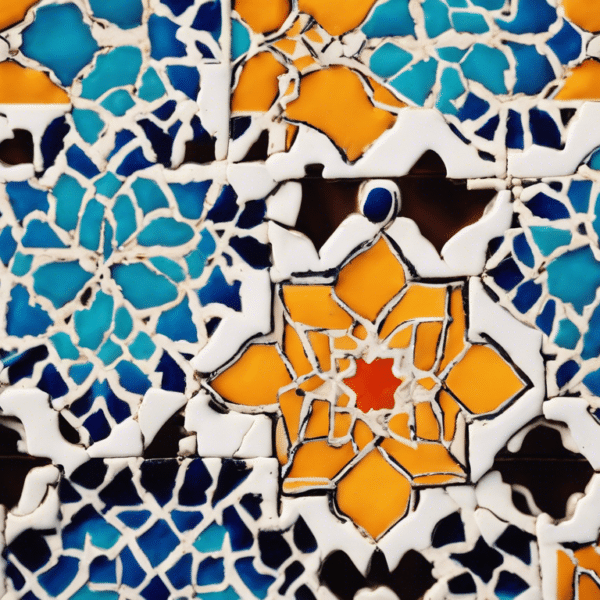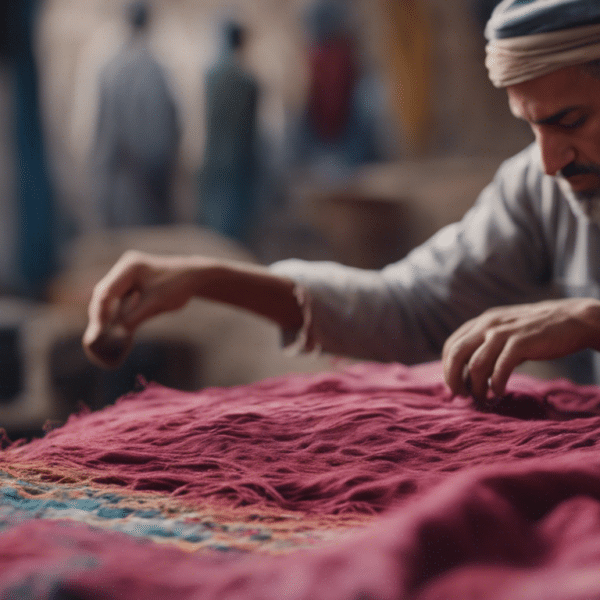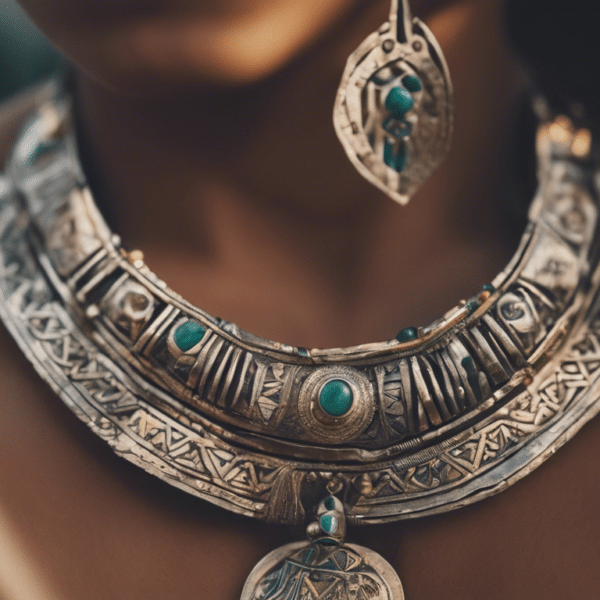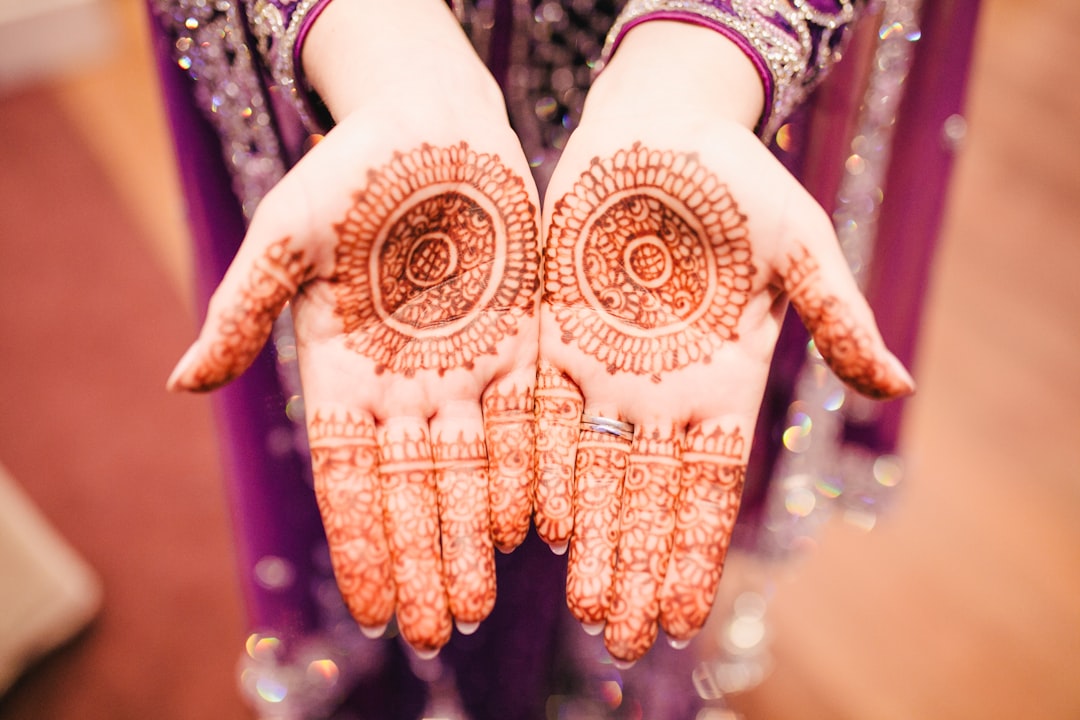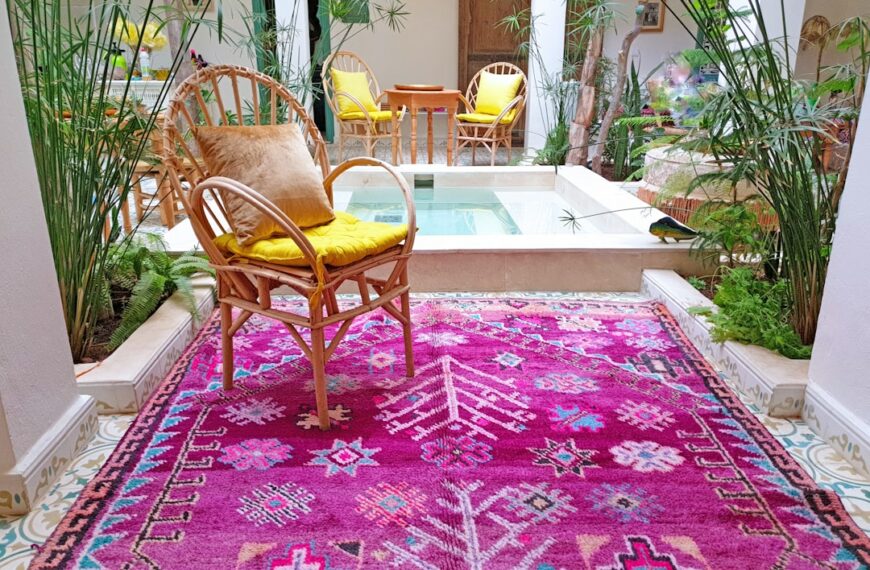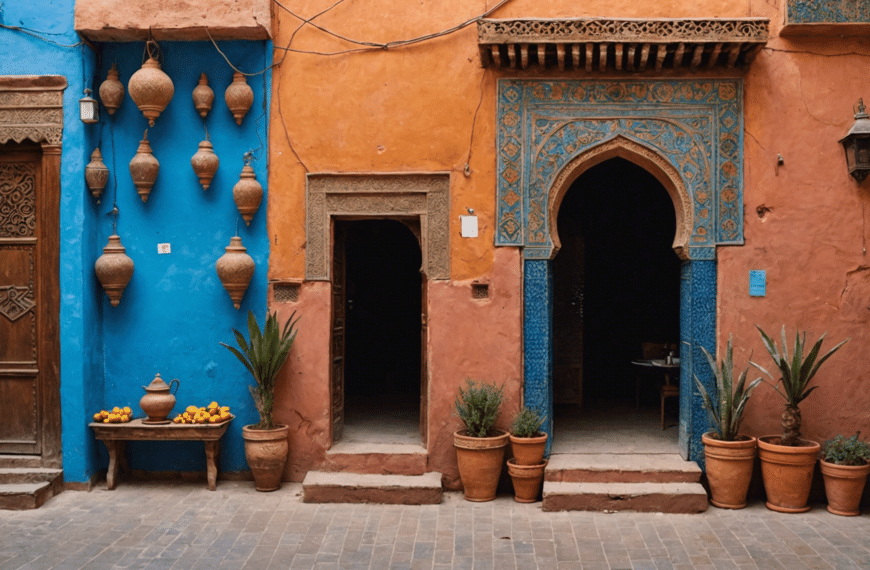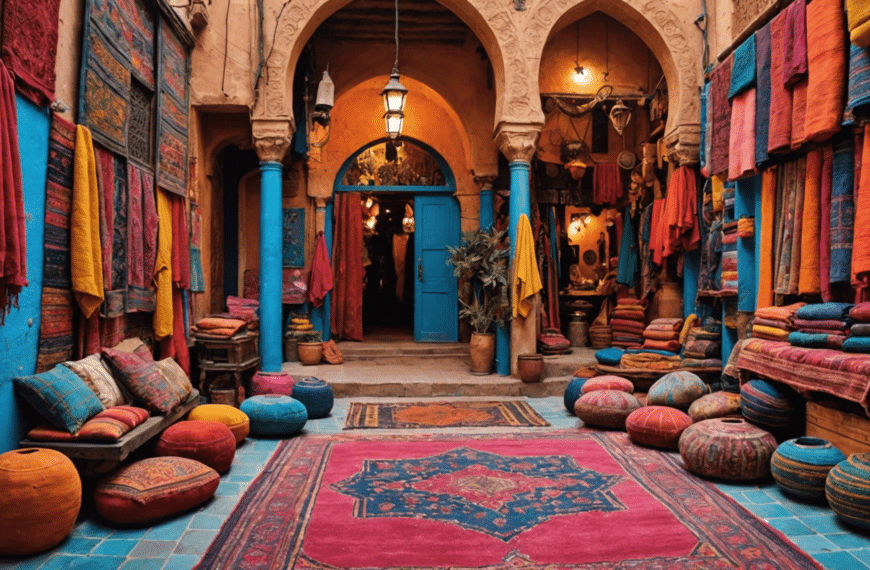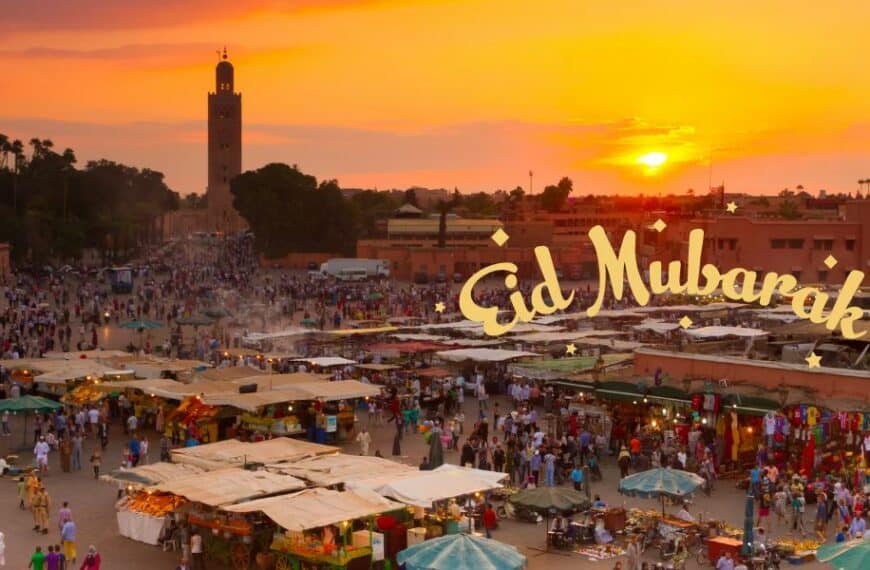Beneath the mesmerizing skies of a Moroccan evening, where the stars seem to whisper to the embers of the day, there exists a world woven with words and wonder. Here, the ancient art of storytelling is alive, breathing the essence of centuries into the hearts of listeners. The Moroccan storytellers, or *hlayqis*, are the venerated weavers of this enchanting tapestry, their tales rich with secrets and shrouded in the mystique of times past. As dusk falls over bustling marketplaces, these guardians of tradition kindle the flames of imagination, inviting travelers and locals alike into a labyrinth of legends, where each turn reveals a new enigma. What truths do these narratives hold? What mysteries do their words unlock about the soul of Morocco? Join me on this journey into the shadows of the story circle, where the pulse of Moroccan heritage beats to the rhythm of the *hlayqi’s* voice.—immerse yourself in the revelations that lie within the tales of Morocco’s masterful storytellers.
The Ancient Art of Moroccan Storytelling
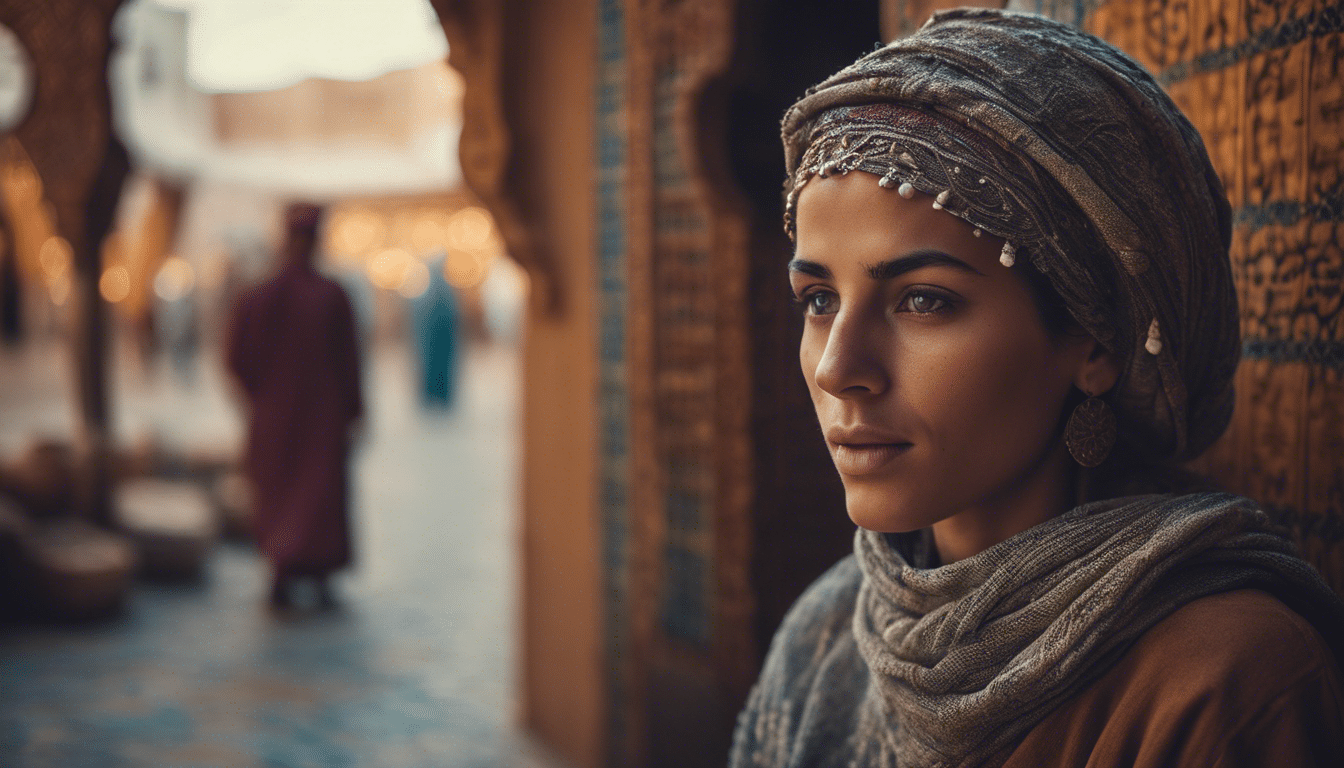
Moroccan Storytellers: The Ancient Art of Moroccan Storytelling
Within the mosaiced courtyards and the vibrant souks of Morocco, an ancient tradition breathes life into the art of storytelling. For centuries, Moroccan storytellers or hlayqias have been the cultural custodians, narrating stories that are woven into the fabric of Moroccan society. Through their tales, they have preserved history, imparted wisdom, and entertained generations with epics of heroes, moral fables, and mystical creatures.
The Roots of Moroccan Narrative Harmony
The seed of Moroccan storytelling germinated with the intertwining of diverse cultures—Arab, Berber, and even Andalusian influences. This cultural confluence enriched the art, adding layers to the narratives and a symphony to the delivery. Storytellers, who often recount from memory, are not just narrators but performers. Their craft couples the spoken word with gestures and expressions, turning a tale into an immersive experience.
In a dimly lit corner of Jemaa el-Fnaa, the famous square in Marrakech, you may still find a hlayqi enchanting a circle of rapt listeners. It is here, under the dusky sky, that the timeless tradition continues, uninterrupted even in a world of digital distractions.
A Symphony of Words and Gestures
When a storyteller begins his recital, it’s like a maestro conducting an orchestra. A hush falls over the crowd as the raconteur launches into a melodious introduction, his voice rising and falling rhythmically. Fluent in Darija, the Moroccan Arabic dialect, and sometimes in Tamazight, the storyteller takes the audience on a magical journey. This craft is not just about the story; it’s about community and the experience of shared emotions and values.
Guardians of Moroccan Lore and History
Moroccan storytellers are not merely entertainers but guardians of the country’s intangible heritage. They carry forward the legacies of events, the moral codes, and the wisdom of ancestors. Their stories often reflect the socioeconomic and political climates of their times, thus serving as oral historians preserving the collective consciousness of Morocco.
The Art of Engagement
Engagement in Moroccan storytelling is palpable. The storyteller often involves the audience, asking questions and encouraging participation. This creates a vibrant, interactive environment where each story becomes a communal tapestry—the audience, with their reactions and engagement, become a part of the narrative itself.
Transcending Generations
The art form is a bridge between the old and the new, transcending generations and adapting to contemporary sensibilities. While traditional themes remain popular, new stories have emerged, addressing modern-day issues while maintaining the enchanting storytelling style.
Learning from the Master Storytellers
Anyone enamored with this ancient art can learn from the masters. Workshops and festivals are now flourishing, designed to keep the storytelling tradition alive. These gatherings are not just for entertainment; they serve as educational platforms where the intricacies of the craft are imparted to anyone willing to carry the torch of this remarkable cultural legacy.
Through the voices of Moroccan storytellers, we find a profound connection with the past. And as long as there are listeners to be enthralled, the tales of Morocco will endure, wrapped in the warmth of the evening air, under the starry skies that have watched over the storytellers for millennia.
Unlocking the Cultural Heritage in Moroccan Tales
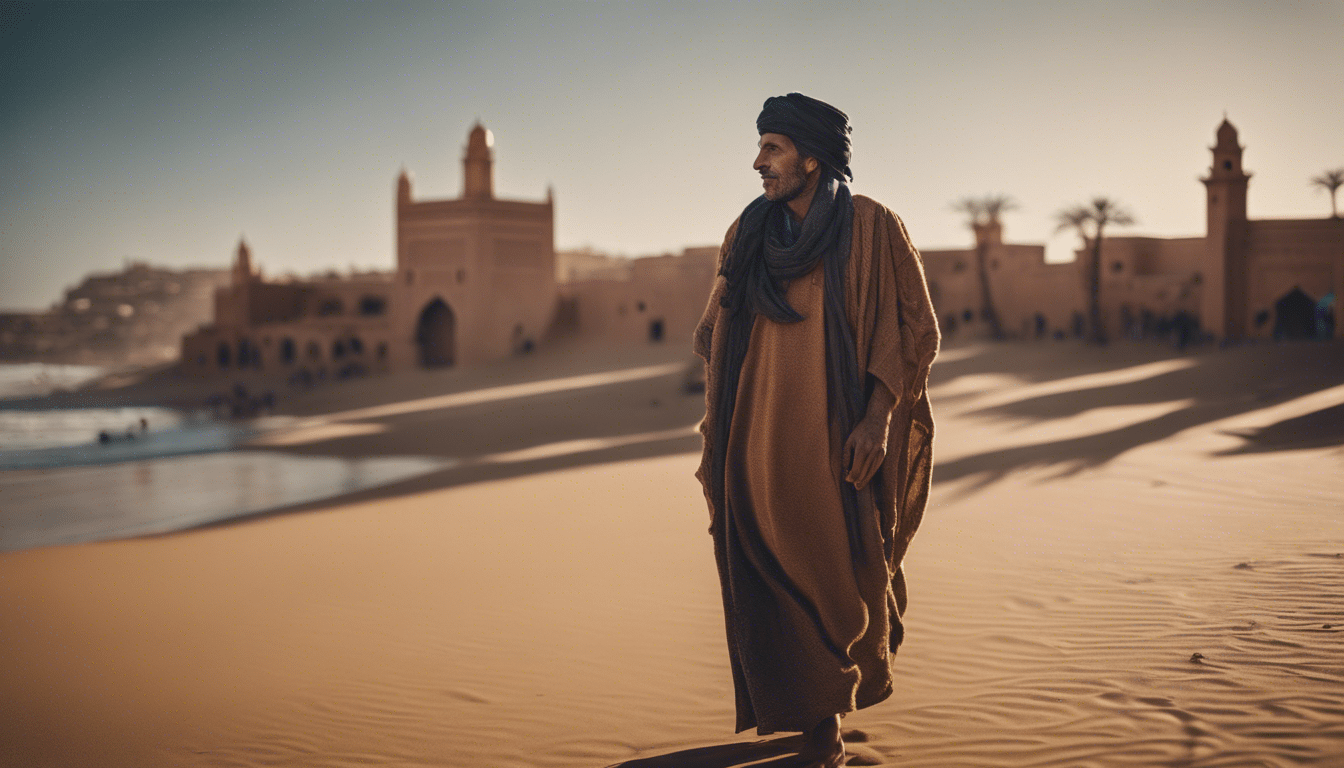
Moroccan Storytellers: Custodians of an Enchanted Legacy
Long before the age of the internet and social media, storytelling was the main conduit for preserving the historical and cultural heritage of a community. In the heart of Morocco’s vibrant city squares, storytellers (Hakawatis) have been the guardians of these oral traditions, mesmerizing audiences with their lyrical tales. These artisans of narrative have brought to life stories steeped in moral lessons, entertainment, and the wisdom of generations past, ensuring the transfer of culture through the intangible threads of story.
The Art of Hakawati: A Tapestry of Tales
Peeling back the layers of Moroccan storytelling reveals a rich tapestry of characters and plots. Stories often feature a mix of mythological creatures, such as jinns and ghouls, heroic figures, and everyday people caught up in extraordinary circumstances. The Hakawati skilfully weaves themes of courage, love, and integrity, all while integrating the intricacies of local culture, Islamic tradition, and historical events that resonate with listeners even today.
Reliving the Cultural Mosaic Through Stories
These narratives serve more than just an entertainment purpose; they are a reflection of Morocco’s cultural mosaic. Stories often entail the recounting of historical events, deep-seated social norms, and spiritual beliefs. As the storyteller unfolds the tale, listeners are transported to different eras, experiencing the trials and triumphs of ancestors, and reliving the very fabric of what makes Morocco’s history so rich.
The Societal Role of Moroccan Tales
These enchanting stories underscore the societal roles and values held dear in Moroccan communities. Within them are woven the expectations of honor, loyalty, and wisdom. Across generations, these stories have reinforced social conduct and served as tools for moral education, seamlessly fusing entertainment with life lessons. For Moroccans, the Hakawati’s tales are not just idle fantasy; they are the narrative compass by which society navigates.
Endangered Voices: The Plight of Contemporary Hakawatis
In today’s rapidly evolving digital landscape, the voices of traditional storytellers are at risk of being drowned out. Their plight mirrors the global challenge of preserving intangible heritage amidst the ceaseless march of technological advancement. It is imperative that efforts are made to ensure these voices are not lost, as with them goes a treasure trove of wisdom, humor, and the enduring spirit of Moroccan heritage.
Cultural Revival: Bringing Moroccan Tales to the Fore
Initiatives to document and revive the art of the Hakawati are afoot, recognizing the necessity to keep this cultural emblem alive. Through festivals, recorded archives, and educational programs, there’s growing commitment to ensure these stories continue to thrive. With each recital, the timeless legacy contained in Moroccan tales shines anew, offering insights into human nature while promoting a shared identity steeply rooted in tradition.
In summary, the Moroccan storyteller is more than an entertainer — they are a cornerstone of cultural heritage, a vessel carrying the collective memory of a people. In listening to their tales, one does not simply hear a story; they unlock the essence of Moroccan history, understanding, and values that have withstood the test of time.
Moroccan Storytellers: Guardians of Mystical Traditions
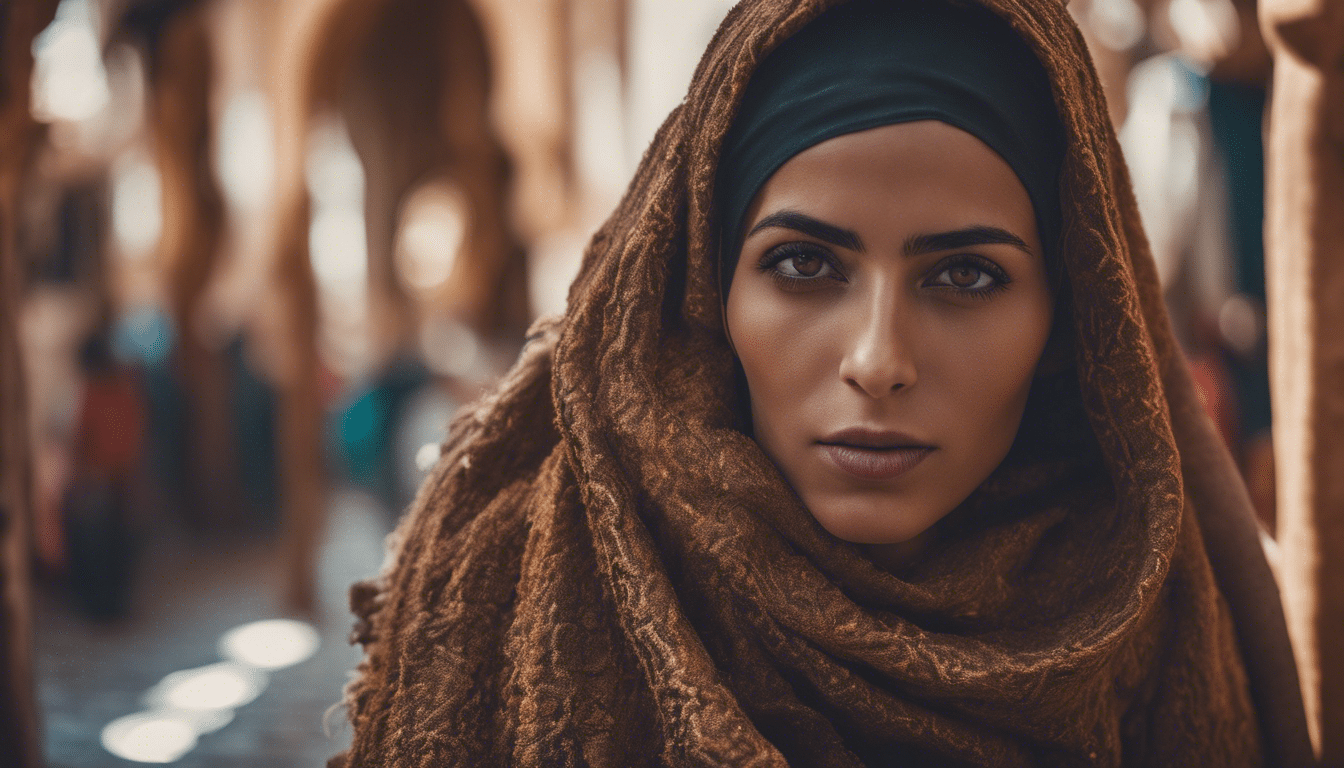
In the heart of Morocco’s bustling medinas, a tradition as old as the sands of the Sahara thrives within the shaded walls of ancient riads. Here, Moroccan storytellers, known as ‘hlaykia’, perform a symphony of tales that are more than mere entertainment—they are the lifeline of a culture’s collective memory and mystical traditions.
The Art of Hikayat: A Portal to the Past
The storytellers of Morocco are the custodians of Hikayat, the ancient art of storytelling. Their craft is not merely recitation but a mesmerizing blend of narrative, performance, and engagement with the audience. With each word, they paint vivid pictures of heroes and villains, of love found and lost, battles waged between man and jinn, and fables of wisdom that echo life’s greatest lessons.
Master Storytellers: Weavers of Words and Emotions
A master storyteller skillfully balances the role of narrator, actor, and poet. They are adept at weaving complex narratives with an ease that belies the depth of their cultural knowledge. These tales are oftentimes impromptu performances that unfold in response to the gathered audience, their expressions an unspoken dialogue between the teller and the listener.
Passing the Torch: Tradition in the Making
The hlaykia are not only performers but also teachers. The transmission of this art is a sacred duty, and apprenticeships under established masters are the channels through which the torch of storytelling is passed down. This is a discipline of years, shaped not just by the lore themselves, but by the responsibility of preserving the authenticity and essence of Moroccan oral history.
Safeguarding Moroccan Heritage
In a world rapidly embracing digital communication, the importance of safeguarding such intangible heritage grows ever more vital. The Moroccan storyteller embodies the past and the present, bringing ageless wisdom to new generations. Through festivals, public performances, and workshops, they strive to keep their art alive, ensuring that these mystical traditions are not lost to the annals of history.
A Source of Enduring Inspiration
Moroccan storytelling is not merely a relic of the past; it continues to enrich the contemporary arts. Literature, film, and other modern mediums draw inspiration from the themes and archetypes found in these ancient narratives. In many ways, storytellers have shaped Morocco’s cultural identity and continue to nurture its growth into the future.
From the winding alleys of Fez to the vibrant squares of Marrakech, the tales spun by these guardians of tradition serve as a testament to the enduring power of oral storytelling. Their words are the threads that weave the rich tapestry of Moroccan culture, a fabric resplendent with the hues of history, mythology, and the human experience.
Experience the Magic of Hikayat
Visitors to Morocco are invited to step into this enchanting world, to sit beneath the stars as the storyteller’s voice carries them on a journey through time. The magic of Hikayat is not just heard, but felt—a visceral connection to the land and its people that leaves a lasting impression on the soul.
To fully appreciate the beauty of Moroccan storytelling, one must witness firsthand the passion and dynamism of the hlaykia. Their performances are a celebration of life’s complexity, a harmonious blend of laughter, sighs, and the heartbeats of an audience enraptured. Indeed, these guardians of mystical traditions stand as poignant reminders that stories are not simply told; they are lived and breathed in the very essence of Moroccan life.

